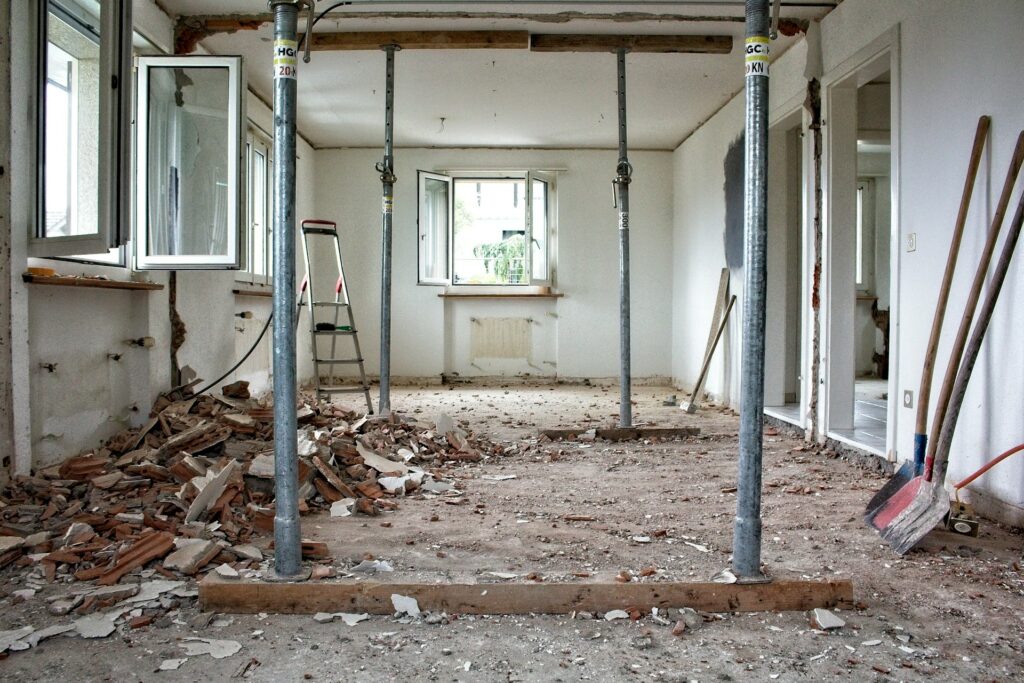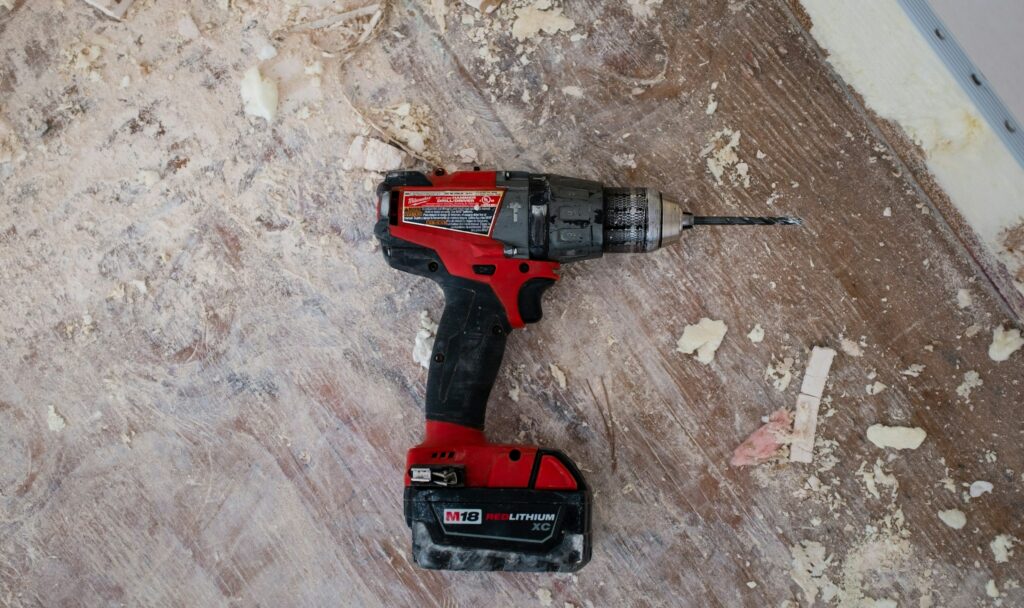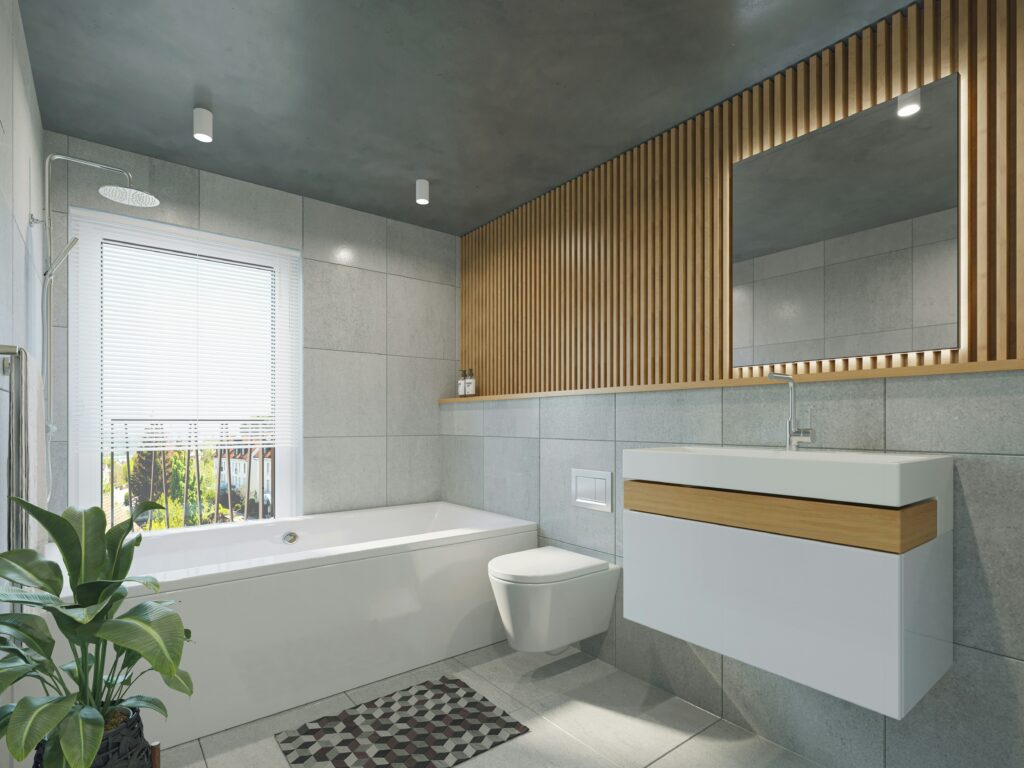In this blog, I look at one of the most common apartment alterations and how Faidi should guide those involved in licence to alter.
A typical, older flat lease will require that all parts of the demise are carpeted (including underlay), with the exception of the kitchen and bathrooms. The main driver for the presence of such a lease covenant is to prevent noise penetration from one flat to another, and that is an eminently sensible covenant in buildings constructed in such a way that even the most innocuous noises (walking in shoes, dropping an object) can result in a very unhappy downstairs neighbour.
Therefore, if there is an absolute covenant in the lease (one that prohibits the alteration absolutely), the easiest and safest way to deal with such a hard flooring installation request is for the landlord to decline it.
It is worth mentioning here that there are two other possible covenants that may impact the leaseholder’s wish to replace their carpets: qualified covenant – which prohibits alterations except with the landlord’s consent; and fully qualified covenant, which explains that the alteration may only take place with the landlord’s consent, but such consent is not to be unreasonably withheld.
Save for more modern leases, it is common for the alterations’ covenants in respect of hard flooring to be absolute.
Frequently, hard flooring is installed under the radar, meaning that no permission was sought or granted, and the first we hear about it is when there are complaints from the flat below about noise nuisance. This will often happen when a flat has become recently occupied after being vacant for some time, or the occupation status changes from, for example, a single person to a family with children. Similarly, a new resident of the flat below may be more sensitive to noise than the previous occupant.
In these cases, depending on the lease covenants, there may be several avenues for a licence to alter surveyor to then explore. One of these may be a warning to the landlord that they have granted permission for flooring when they had no right to do so, and they may be subject to legal action from the leaseholder suffering the consequences. Another may be on a more ‘communal’ level, encouraging the leaseholder with the hard flooring to change their living habits sufficiently that the resident below is not quite so distressed about the noise (e.g. not wearing shoes in the house and keeping the TV to an acceptable volume after 11pm at night).
Sometimes, the leaseholder that has undertaken the works under the radar will claim that they have permission but are unable to substantiate the same. In such a case, a retrospective licence to alter may be sought although if that was to be considered, substantial remediation work may be needed, such as lifting the floor and installing acoustic underlay throughout. Dependant on the lease terms, the landlord may be entirely within their rights to request that the flooring is taken up and replaced with carpet, as it was before the alterations, holding over the leaseholder the threat of forfeiture.
Rare though they are, deeds of variation are drawn up by solicitors to allow apartments to lay hard flooring, subject to agreed materials, methods of installation and a licence to alter. This overcomes the absolute covenant and all being well, a building full of happier leaseholders. In the most modern buildings, apartments are fitted with hard flooring from new, and landlords should be safe in the knowledge that the construction of the floors (and walls – ‘flanking sound’) is such that noise penetration is minimised (within reason; it’s communal living after all), and complies with the latest Building Regulations and approved documents.
In an ideal scenario, no works will be undertaken under the radar, the leaseholder seeks a licence to alter in the correct manner, and the lease is amenable to hard flooring.
Guided by their licence to alter surveyor, landlords are likely to require both ‘pre’ and ‘post’ installation acoustic testing as part of the consent process, and it can be quite involved. And even once the flooring has been laid and passes the ‘post’ sound tests, the licence to alter may contain a nuisance clause requiring the leaseholder to lay carpet runners or even full carpeting in the event of upheld complaints from a neighbouring flat. You need to be committed if you want to hard surfaces to walk on!
That takes us back to Faidi v. Elliot Corporation, which concerned two leaseholders in a high-end mansion block called Eaton Mansions, London SW1. The headleaseholder was a company owned by the leaseholders collectively, Eaton Mansions (Westminster) Ltd, and Grosvenor Estates the freeholder.
All leases were in identical terms, and the fourth schedule stated: “At all times to cover and keep covered with carpet and underlay the floors of the Demised Premises other than those of the kitchen and bathrooms and at all times suitably and properly to cover and keep covered the floors of the kitchen and bathrooms in the Demised Premises.” – an absolute covenant.
The freeholder and headleaseholder had given its consent to Elliot Corporation, to install timber flooring and underfloor heating, by way of a licence to alter, as part of the de-merging of flats 8 and 10 back into two separate flats, ready to sell. The requirement to install sound absorbent materials between the floor structure and the new timber flooring was met by Elliot, to achieve the minimum requirements of the Building Regulations.
Unfortunately, complaints of disturbance arose from the flat below (Faidi, flat 6) and Faidi brought a claim against Elliot (flat 8) based on breach of covenant and a nuisance claim. The judge in this initial hearing dismissed both claims. At the Court of Appeal, the same verdict was reached and in simplified terms (it was a surprisingly complex case) as consent had been given for the flooring, the landlord had waived the right to adhere/revert to the absolute covenant, and there was no compulsion to recarpet.
In this case, some middle ground may have been achieved, but that was not within the jurisdiction of the court of appeal. Lord Justice Jackson made the following practical observation: “This case concerns a dispute between neighbours, which should have been capable of sensible resolution without recourse to the courts. During the course of his submissions in the Court of Appeal Mr Pearce for the claimants observed that this may not be an “all or nothing” case. A moderate degree of carpeting in flat 8 might (a) reduce the noise penetrating into flat 6 and (b) still enable the occupants of flat 8 to enjoy their new wooden floor. This is precisely the sort of outcome which a skilled mediator could achieve, but which the court will not impose.”
Such protracted disputes are not as rare as you might imagine, although few find their way to the Court of Appeal. We agree with the judge in this case that such disputes ought to be settled by mediation, not litigation. However, the entire scenario ought not to have occurred in the first place, due to the presence of an absolute covenant.
For any and all guidance on matters licence to alter whether you’re a landlord, leaseholder or managing agent please do contact us.
Bill Pryke, Director, Licence to Alter Ltd



